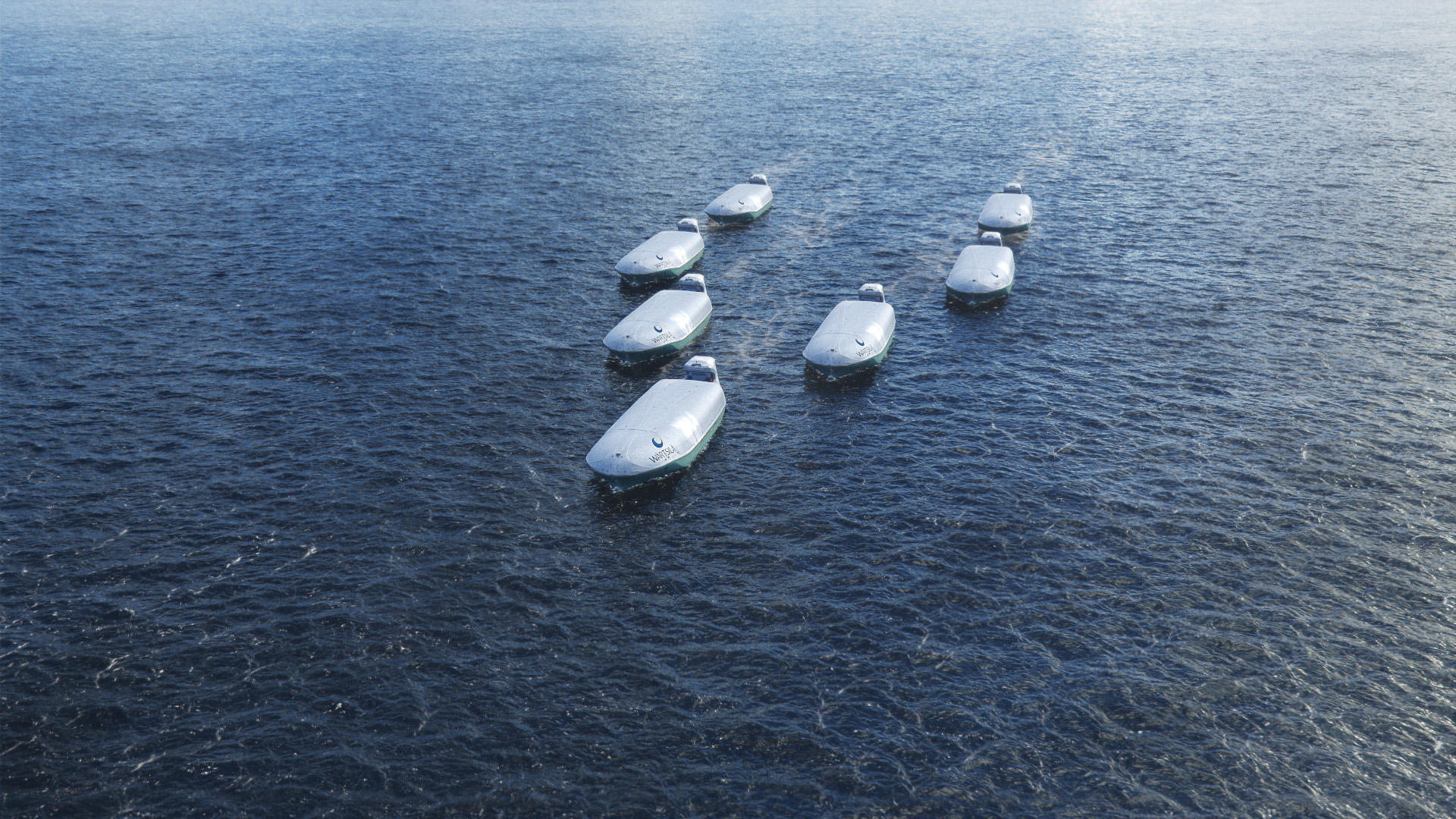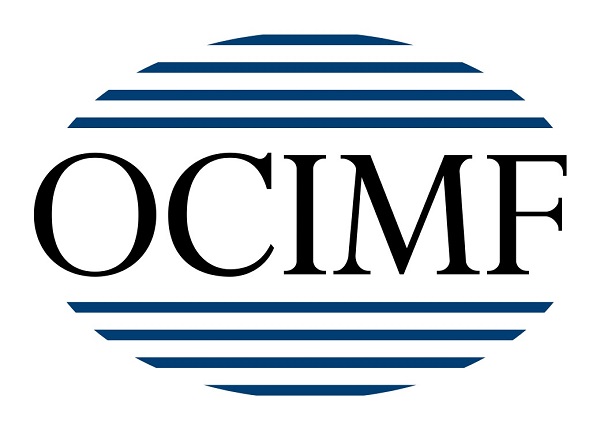Real disruption in shipping has yet to hit it, and when it does it could lead to a shared asset ownership model where shipowners, marine technology companies and cargo owners have a totally new business relationships.
Wärtsilä vice president innovation Teus van Beek was introducing one of the Fathom Disruptive Talks at Nor-Shipping when he described four potential market scenarios that represent the future of shipping as it comes under attack from increased disruption, one of which will see ever increased data access and utilization.
Parrallel to the increased digitalisation of industry is increasing urbanization that will see new consumers from ever larger urban areas, that will also see a push for shipping to be greener and more digital.
Public opinion will drive change, he believes. But one direct way that shipping companies will become more digital is through the sharing of assets, such as intelligent fleet management to ensure a vessel never sails without a full load.
But can shipping change fast enough to rise to the challenges?
“Shipping is at a turning point,” said van Beek. “You have to change to survive.”
Keynote speaker Teus van Beek, General Manager Market Innovation, Wärtsilä (pictured) was joined by Ari Merjaama, Chief Transformation Officer, Wallenius Wilhelmsen Logistics; Martin Stopford, President Clarksons Research; and Willie Wagen, Corvus Energy.
Martin Stopford of Clarksons Research addressed this issue of change by explaining how he first got interested in digital shipping. When Stopford was examining “eco-ships” five or six years ago when fuel prices were sky high, he found that these new vessels were not saving much in terms of costs. So he began to look at efficiencies that a shipping company could make from adopting a joined-up digital strategy.
One example of this is in fleet management. In the 1970s, when oil companies such as Shell owned and operated large tanker fleets, they were able to get around twice the ton miles from each vessel on the water compared to the situation today, when the vessels are owned and run by shipowners and third-party shipmanagers. Digital shipping could help a company get back to these levels of fleet utilisation.
Ari Merjaama of Wallenius Wilhelmsen Logistics agreed with Stopford on the need for fleet optimisation and added that the maritime industry can learn a lesson or two from the airline industry. He added that shipping is “in danger of becoming a hardware supplier with a margin”, unless it embraces the digital transformation. This will lead to an industry with little negotiating power, and disruptors like Amazon will look for inefficiencies and jump on them.
“It´s a blindspot for shipping,” he said. “The barriers to entry are too low.”
Willie Wagen of Corvus Energy also sees the wheels of change happening, and agrees that the drivers for this are coming from outside maritime. People who live in cities will refuse to breathe dirty air, he says, and they will pressurise their governments to stop this, and that will include shipping. Green power is now seen as something shipping companies want to shout about, and the new technologies and lower costs seen over recent years, especially in battery power, will make this feasible.
The Video
https://www.youtube.com/watch?v=Ot6g1-9oa4s

































